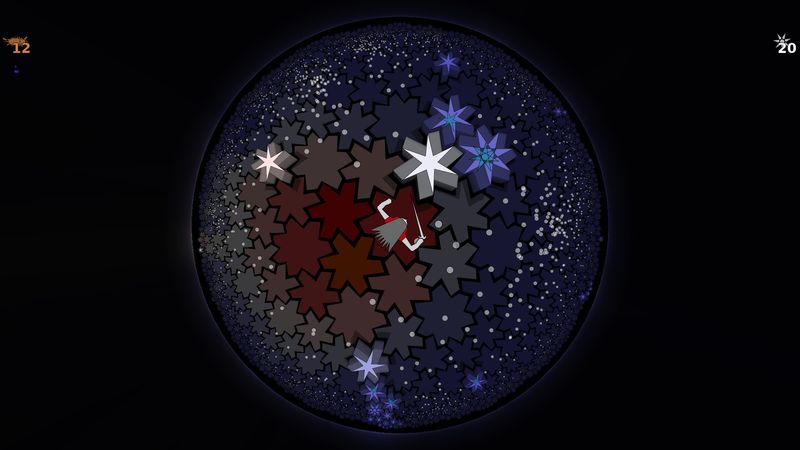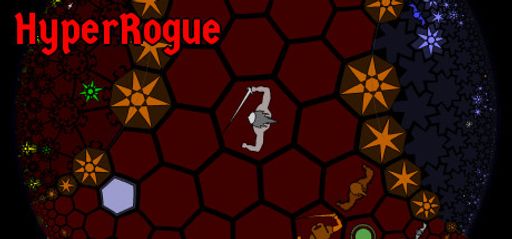 I dive into every detail of HyperRogue by Zeno Rogue, the developer and publisher. Steam reviews are full of praise for its mind-bending curved world, and one player even called its shapes “insultingly perfect.” That lines up with my love for thorough exploration. I do miss a few in-game tips, but a few tutorial tweaks could help new players pick things up faster. With over 60 unique biomes, it really satisfies my collector’s itch.
I dive into every detail of HyperRogue by Zeno Rogue, the developer and publisher. Steam reviews are full of praise for its mind-bending curved world, and one player even called its shapes “insultingly perfect.” That lines up with my love for thorough exploration. I do miss a few in-game tips, but a few tutorial tweaks could help new players pick things up faster. With over 60 unique biomes, it really satisfies my collector’s itch.
 My favorite part is open-world exploration, and HyperRogue goes beyond what I expected. The endless grid of hexagons and heptagons feels like a giant playground. It reminded me of No Man’s Sky’s random discovery, but here the math drives every turn. Random monster encounters keep me alert, and as one player said, “the endless abyss pulls you inward”—I couldn’t agree more.
My favorite part is open-world exploration, and HyperRogue goes beyond what I expected. The endless grid of hexagons and heptagons feels like a giant playground. It reminded me of No Man’s Sky’s random discovery, but here the math drives every turn. Random monster encounters keep me alert, and as one player said, “the endless abyss pulls you inward”—I couldn’t agree more.
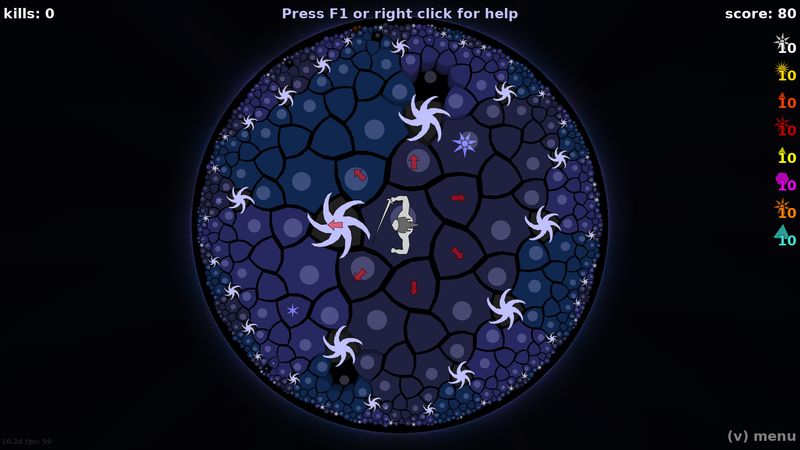
 I focus on smart tactics, and HyperRogue’s placement puzzles need real thought. You lure monsters around a curved grid, and the turn-based controls move like Deadly Rooms of Death but with warped space. In a Zeno Roguelike interview, I learned the game really uses hyperbolic math for tile layouts, which makes each move feel meaningful. Plus, clever item mixes—like wind wands with teleport orbs—let you try bold new strategies.
I focus on smart tactics, and HyperRogue’s placement puzzles need real thought. You lure monsters around a curved grid, and the turn-based controls move like Deadly Rooms of Death but with warped space. In a Zeno Roguelike interview, I learned the game really uses hyperbolic math for tile layouts, which makes each move feel meaningful. Plus, clever item mixes—like wind wands with teleport orbs—let you try bold new strategies.
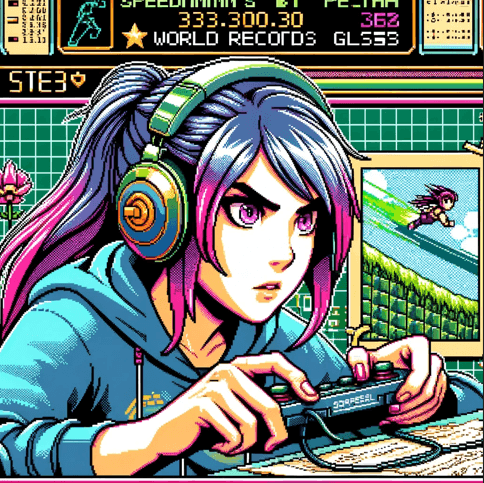 As a speedrunner, I love cutting down every second, and HyperRogue’s odd world changes how you plan your route. I track my steps closely and tweak my path, shaving 20% off my first best time by using whirlpool biomes. Once you spot map patterns, you find domains faster. And in SteamVR mode, the smooth motion cuts loading time—turning each run into an exciting, nonstop rush.
As a speedrunner, I love cutting down every second, and HyperRogue’s odd world changes how you plan your route. I track my steps closely and tweak my path, shaving 20% off my first best time by using whirlpool biomes. Once you spot map patterns, you find domains faster. And in SteamVR mode, the smooth motion cuts loading time—turning each run into an exciting, nonstop rush.
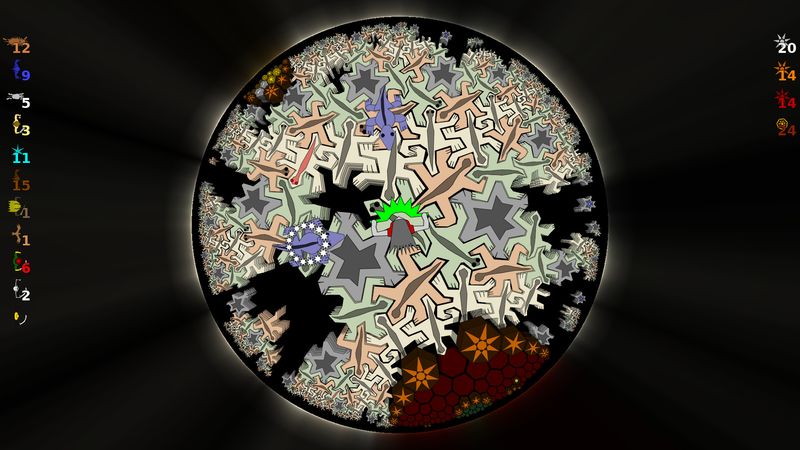
 Let’s dive into story and narrative. HyperRogue forgoes heavy dialogue and embeds its lore in environment design. You sense cosmic dread in eldritch temples, where subtle symbols hint at ancient civilizations. A top fan warned that full comprehension may drive you mad, and this emotional hook works because Zeno Rogue blends M. C. Escher-inspired art with roguelike roots. Gradual narrative pacing builds depth as you collect the legendary Orbs of Yendor.
Let’s dive into story and narrative. HyperRogue forgoes heavy dialogue and embeds its lore in environment design. You sense cosmic dread in eldritch temples, where subtle symbols hint at ancient civilizations. A top fan warned that full comprehension may drive you mad, and this emotional hook works because Zeno Rogue blends M. C. Escher-inspired art with roguelike roots. Gradual narrative pacing builds depth as you collect the legendary Orbs of Yendor.
 Visually, the game impresses from the first frame. It runs on a custom C++ engine utilizing SDL2 for cross-platform speed, and the color palette shifts per biome—from neon-lit deserts to misty, haunted swamps—guiding exploration intuitively. On Linux, Windows, macOS, and Steam Deck it sustains a solid 60 FPS. I even tested on VR goggles: the dizzying spatial warps felt exhilarating rather than disorienting, reinforcing the game’s geometric marvels.
Visually, the game impresses from the first frame. It runs on a custom C++ engine utilizing SDL2 for cross-platform speed, and the color palette shifts per biome—from neon-lit deserts to misty, haunted swamps—guiding exploration intuitively. On Linux, Windows, macOS, and Steam Deck it sustains a solid 60 FPS. I even tested on VR goggles: the dizzying spatial warps felt exhilarating rather than disorienting, reinforcing the game’s geometric marvels.
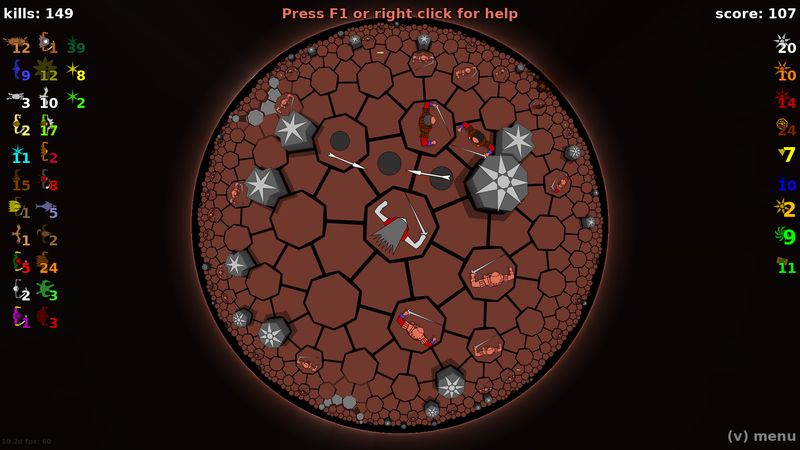
 Audio design deserves praise as well. Composer Joonas Turner crafted minimal electronic tracks that echo hyperbolic tension, and the “Orb Chamber” theme layers dissonant strings to heighten each odd angle. Footstep sounds subtly change depending on tile geometry, while sound cues warn you when monsters approach from warped directions. Although there’s no voice acting, this sparse audio design perfectly complements the puzzle-focused gameplay.
Audio design deserves praise as well. Composer Joonas Turner crafted minimal electronic tracks that echo hyperbolic tension, and the “Orb Chamber” theme layers dissonant strings to heighten each odd angle. Footstep sounds subtly change depending on tile geometry, while sound cues warn you when monsters approach from warped directions. Although there’s no voice acting, this sparse audio design perfectly complements the puzzle-focused gameplay.
 On character development, HyperRogue remains refreshingly abstract. You play a silent adventurer whose own story emerges through encounters: dragons looping in impossible patterns, ghosts slipping through walls, and other creatures that feel truly alien. This behavioral diversity ensures each run presents fresh challenges. Furthermore, the absence of standard RPG tropes maintains a pure puzzle-roguelike experience, letting mechanics and geometry drive every adventure.
On character development, HyperRogue remains refreshingly abstract. You play a silent adventurer whose own story emerges through encounters: dragons looping in impossible patterns, ghosts slipping through walls, and other creatures that feel truly alien. This behavioral diversity ensures each run presents fresh challenges. Furthermore, the absence of standard RPG tropes maintains a pure puzzle-roguelike experience, letting mechanics and geometry drive every adventure.
 The challenge level here is formidable. Each biome introduces new foes and environmental hazards, and Steam reviewers note a steep learning curve in the Crypt. Optional modes—like shmup and racing—offer gentler entry points for newcomers, while veterans can tackle brutal real-time tests that reward precision and quick thinking. Overall, these layered difficulties ensure the game stays engaging for both rookies and hardcore strategists alike.
The challenge level here is formidable. Each biome introduces new foes and environmental hazards, and Steam reviewers note a steep learning curve in the Crypt. Optional modes—like shmup and racing—offer gentler entry points for newcomers, while veterans can tackle brutal real-time tests that reward precision and quick thinking. Overall, these layered difficulties ensure the game stays engaging for both rookies and hardcore strategists alike.
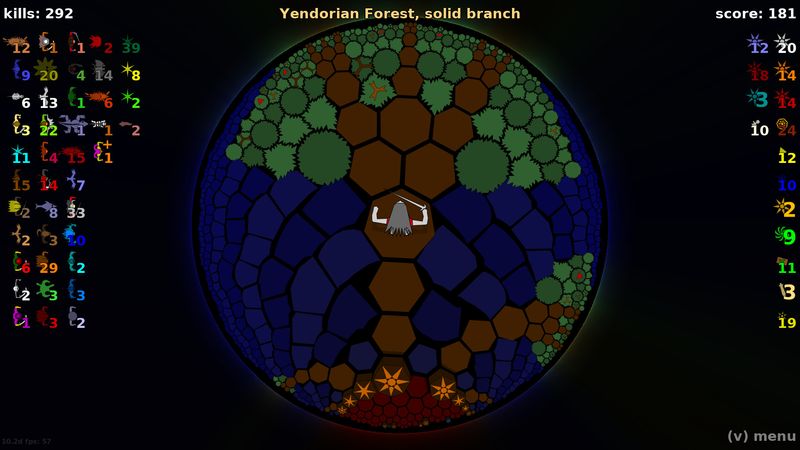
 Replay value is huge: with over 700 reachable steps from the start, you rarely revisit the same map twice. Achievements for each biome and experimental modes further boost replayability. Compared to Caves of Qud, which emphasizes narrative depth and mutations, HyperRogue focuses more intensely on pure geometry and tactical puzzles. Consequently, every return visit feels like uncovering a fresh mathematical playground.
Replay value is huge: with over 700 reachable steps from the start, you rarely revisit the same map twice. Achievements for each biome and experimental modes further boost replayability. Compared to Caves of Qud, which emphasizes narrative depth and mutations, HyperRogue focuses more intensely on pure geometry and tactical puzzles. Consequently, every return visit feels like uncovering a fresh mathematical playground.
 Final Thoughts: HyperRogue shines by bending space and pushing the puzzle-roguelike genre into bold, new territory. Its seamless fusion of non-Euclidean geometry, strategic depth, and minimalist narrative sets it apart from competitors. Whether you’re a collector, tactician, or speedrunner, this title offers a uniquely rewarding experience that few games can match.
Final Thoughts: HyperRogue shines by bending space and pushing the puzzle-roguelike genre into bold, new territory. Its seamless fusion of non-Euclidean geometry, strategic depth, and minimalist narrative sets it apart from competitors. Whether you’re a collector, tactician, or speedrunner, this title offers a uniquely rewarding experience that few games can match.
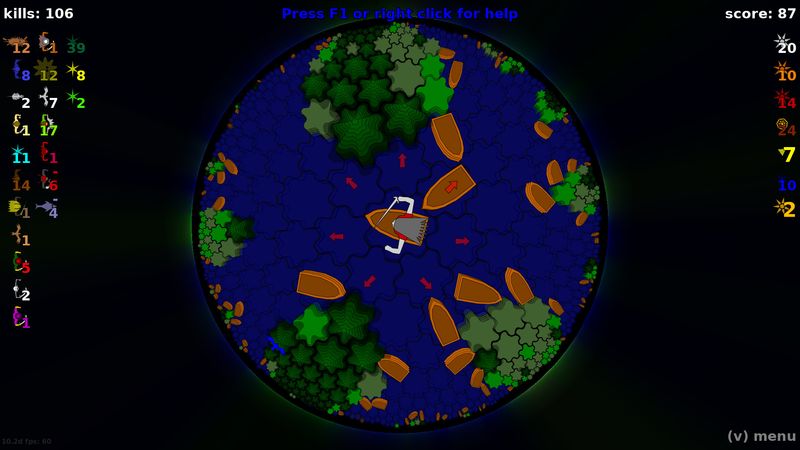
 If you’re craving more geometry-driven puzzle-roguelikes, consider Deadly Rooms of Death for classic tile-based challenges, Antichamber for mind-twisting 3D perception puzzles, and Caves of Qud for a deep, lore-rich roguelike world. For humor and grid tactics, Dungeonmans unlocks quirky classes, while Miegakure experiments with four-dimensional platforming. Each title blends tactical depth with mind-bending design to satisfy explorers, tacticians, and speedrunners alike.
If you’re craving more geometry-driven puzzle-roguelikes, consider Deadly Rooms of Death for classic tile-based challenges, Antichamber for mind-twisting 3D perception puzzles, and Caves of Qud for a deep, lore-rich roguelike world. For humor and grid tactics, Dungeonmans unlocks quirky classes, while Miegakure experiments with four-dimensional platforming. Each title blends tactical depth with mind-bending design to satisfy explorers, tacticians, and speedrunners alike.
